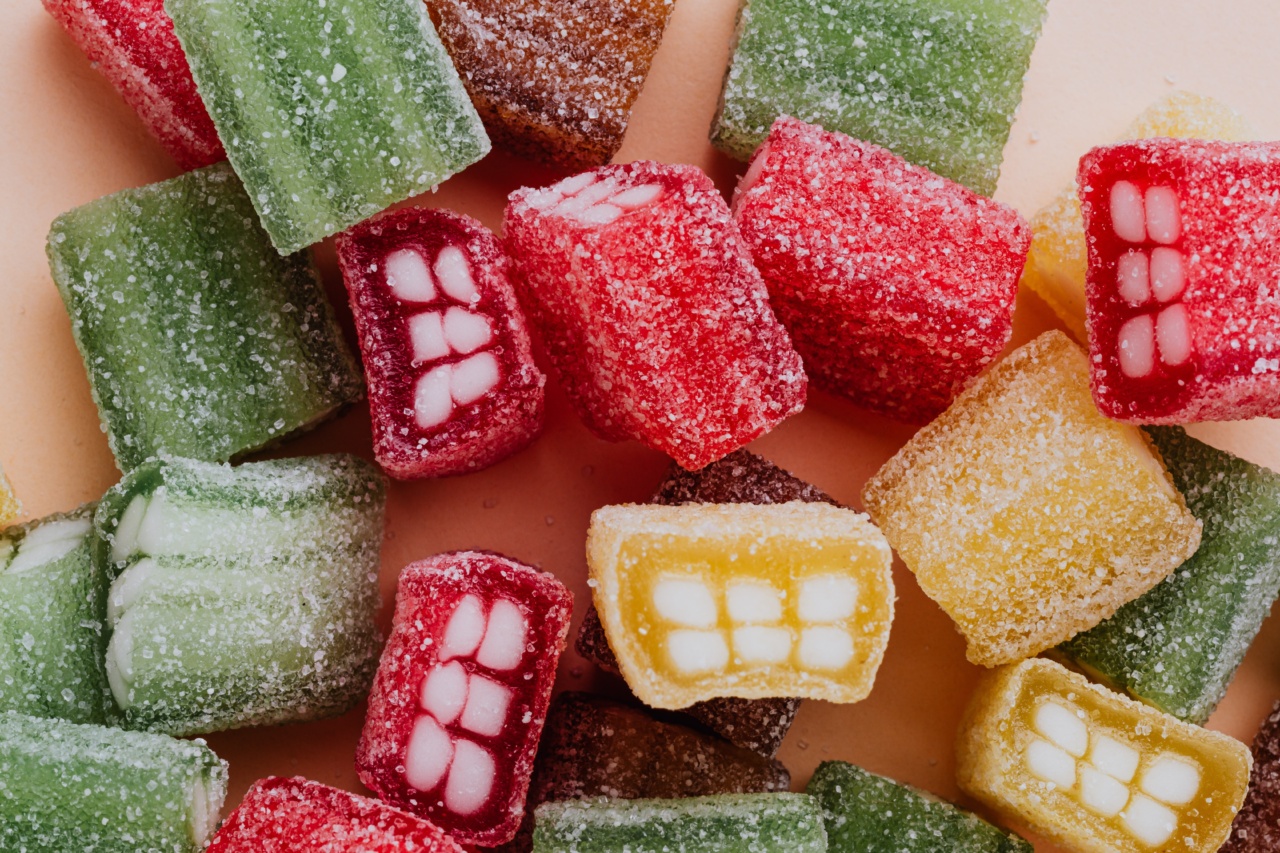Many people consume sugar on a daily basis, whether it’s added to coffee or tea, baked into treats, or hidden in processed foods.
While sugar can provide a quick burst of energy, it can also have negative effects on our health, including our blood pressure levels. In this article, we’ll explore how sugar impacts blood pressure and what you can do to maintain healthy levels.
What is Blood Pressure?
Blood pressure is the force of blood against the walls of your arteries as your heart pumps it through your body. It’s measured in millimeters of mercury (mmHg) and is presented as two numbers, such as 120/80.
The first number, called systolic blood pressure, represents the pressure in your arteries when your heart beats. The second number, called diastolic blood pressure, represents the pressure in your arteries when your heart rests between beats.
How Does Sugar Impact Blood Pressure?
When you consume sugar, your body breaks it down into glucose, which enters your bloodstream. As your blood sugar levels rise, your pancreas releases insulin to help your cells absorb the glucose and use it for energy.
However, consuming too much sugar can lead to insulin resistance, which means your cells become less sensitive to insulin and can’t absorb glucose as effectively. This can cause your blood sugar levels to remain high, which can have negative effects on your health, including your blood pressure.
Studies have shown that consuming too much sugar can increase your risk of developing high blood pressure.
One study published in the journal Hypertension found that people who consumed more than 25% of their daily calories from added sugar had a 30% higher risk of developing high blood pressure than those who consumed less than 10% of their calories from added sugar.
Types of Sugar That Affect Blood Pressure
Not all sugar is created equal when it comes to blood pressure. The two main types of sugar that can affect blood pressure are added sugars and natural sugars.
Added sugars are sugars that are added to foods and beverages during processing or preparation. They provide calories but no nutritional value, and consuming too much added sugar can lead to weight gain, which is a risk factor for high blood pressure.
Examples of added sugars include table sugar, honey, maple syrup, and high-fructose corn syrup.
Natural sugars are sugars that occur naturally in foods such as fruit and milk. While they still provide calories, they also provide important nutrients such as vitamins, minerals, and fiber.
Consuming natural sugars as part of a healthy diet is not likely to have negative effects on blood pressure.
How to Reduce Your Sugar Intake
If you’re concerned about how sugar might be impacting your blood pressure, there are several things you can do to reduce your sugar intake:.
- Read food labels: Look for foods and beverages that are low in added sugars.
- Avoid sugary drinks: This includes soda, juice, sweetened coffee and tea, and sports drinks.
- Limit desserts and sweets: Enjoy sweets in moderation and choose healthier options such as fruit or dark chocolate.
- Eat whole foods: Focus on eating whole, unprocessed foods such as fruits, vegetables, lean proteins, and whole grains.
- Avoid processed foods: These often contain added sugars, as well as other unhealthy ingredients such as sodium and trans fats.
Conclusion
While sugar can be a delicious addition to our diets, consuming too much of it can have negative effects on our health, including our blood pressure.
By reducing our intake of added sugars, sticking to whole, unprocessed foods, and enjoying sweets in moderation, we can help maintain healthy blood pressure levels and overall health.





























